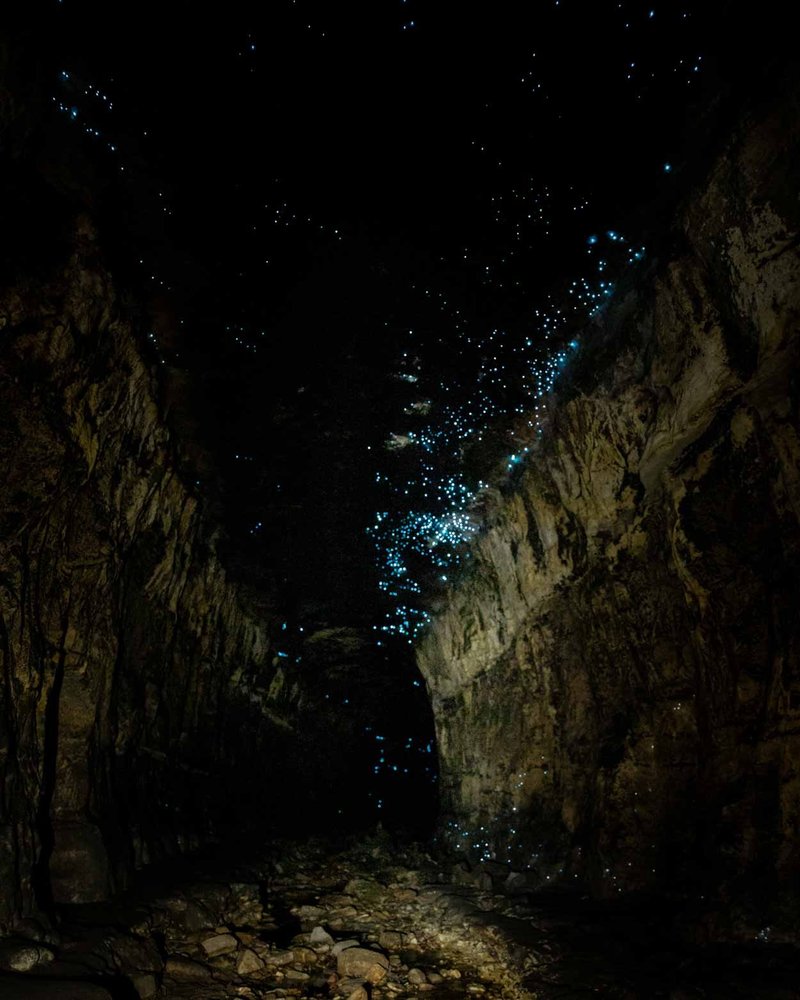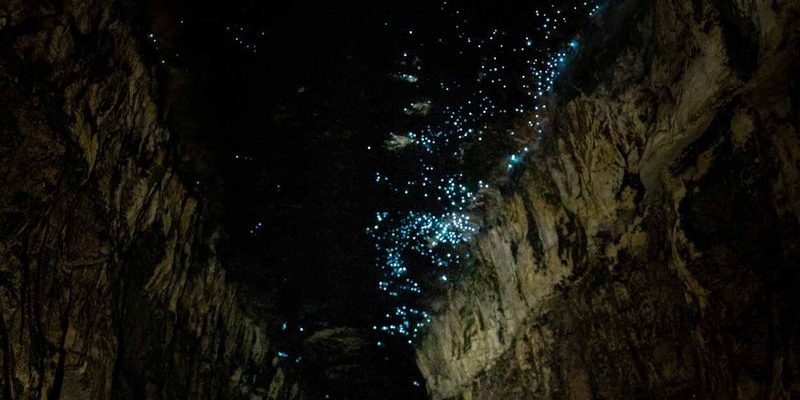
Now, you might be thinking, “How do I even start?” Don’t worry; we’ll break it down step by step. This isn’t about installing fancy gadgets or turning your backyard into a science lab. It’s more about understanding what glow worms need and how you can provide that naturally. Think of it as creating a cozy nook in your garden where these enchanting critters feel at home.
So grab a cup of your favorite brew, and let’s dive into the essential steps for creating a glow worm-friendly backyard.
Understand What Glow Worms Need
To create a haven for glow worms, you first need to understand their basic needs. These fascinating creatures are actually the larval stage of a beetle, and they thrive in damp, dark environments. They use their bioluminescence—those magical glows—to attract prey, which mainly consists of insects.
Here’s the thing: glow worms are picky about their habitat. They prefer areas that are:
- Moist: These worms love moisture, so keeping your backyard damp is crucial.
- Dark: They thrive in dark spaces, away from bright lights.
- Rich in organic material: Decaying leaves and wood are their favorites.
If you’ve got these elements in your yard, you’re already halfway there. But creating the right environment is more than just letting your garden go wild. It involves a little planning and care.
Choose the Right Plants
Plants play a vital role in attracting glow worms. Not only do they provide shelter, but they also help maintain the moisture levels that these worms love. Native plants are your best bet, as they’re already adapted to the local climate and often require less maintenance.
Consider adding:
- Ferns: They thrive in shaded, moist areas and provide great cover.
- Ground covers: Things like moss and low-growing plants help keep the soil damp.
- Deciduous trees: Trees such as oaks or willows drop leaves that break down and add organic material to the soil.
When planting, aim for a mix of heights and textures. This diversity not only looks beautiful but also creates more opportunities for glow worms to find the perfect spot to set up their glow.
Maintain Soil Moisture
Keeping the soil moist is crucial for your glow worm-friendly backyard. If you live in a dry area, you might need to get a bit creative. Here are some tips to keep that moisture locked in:
1. **Mulch**: Adding a layer of organic mulch, like bark or straw, helps retain moisture in the soil. It also provides a habitat for insects, which will attract glow worms.
2. **Watering Schedule**: Regular watering is essential, especially during dry spells. Early morning or late afternoon is the best time to water, as it minimizes evaporation.
3. **Create a Small Water Feature**: If space allows, consider a small pond or a fountain. Not only does it look lovely, but it also offers a steady source of moisture for your garden.
By focusing on maintaining the right moisture levels, you’re creating an inviting environment for glow worms to thrive.
Provide Shelter and Safety
In nature, glow worms find safety under leaves, rocks, or even debris. To replicate this in your backyard, think about adding elements that can serve as shelters.
Consider the following:
- Log Piles: Stack some logs in a shady corner of your garden. As they decay, they’ll provide a rich habitat for insects and create damp spots.
- Leaf Litter: Instead of raking up all leaves in the fall, leave some to decompose on the ground. This not only enriches the soil but also offers a cozy spot for worms.
- Rock Piles: A few strategically placed rocks can create shady microhabitats that retain moisture and provide hiding spots for glow worms and their prey.
By creating these little havens, you’re helping glow worms feel safe as they await their evening activities.
Avoid Pesticides and Chemicals
When it comes to encouraging glow worms, your yard should be a chemical-free zone. Pesticides and other chemicals can harm these creatures along with their food sources, disrupting the delicate balance you’re trying to create.
Here’s how to keep your backyard safe:
– **Natural Pest Control**: Consider using beneficial insects, like ladybugs or lacewings, which can help control pests naturally.
– **Companion Planting**: This involves planting different crops in proximity for pest control, pollination, and maximizing space. It can help keep harmful insects at bay without using chemicals.
– **Organic Fertilizers**: If your plants need a boost, opt for organic or slow-release fertilizers to enhance soil quality without risking harm to glow worms.
Protecting the ecosystem in your backyard not only helps glow worms but also supports a variety of wildlife.
Enjoy the Glow
Once you’ve set the stage for glow worms, sit back and enjoy the show. It’s important to remember that it may take some time for glow worms to find your perfectly curated space. Patience is key.
In the early evenings, take some time to observe your backyard. You might spot the gentle flickering lights of glow worms as they start their nightly routine. Honestly, there’s something magical about watching these little wonders perform under a starlit sky.
If you’re not seeing them right away, don’t be discouraged. Keep maintaining your garden and providing the right conditions. Over time, you’ll create a thriving habitat that attracts these enchanting creatures.
Creating a glow worm-friendly backyard is all about understanding and nurturing the environment. From choosing the right plants to maintaining moisture and avoiding harmful chemicals, every step contributes to a thriving habitat. As you work on your garden, you’re not just inviting glow worms; you’re also creating a vibrant ecosystem that benefits many creatures.
So, next time you step outside on a calm evening, take a moment to appreciate your hard work. You might just see those little lights shining back at you, reminding you that you’ve created your own little slice of magic.

